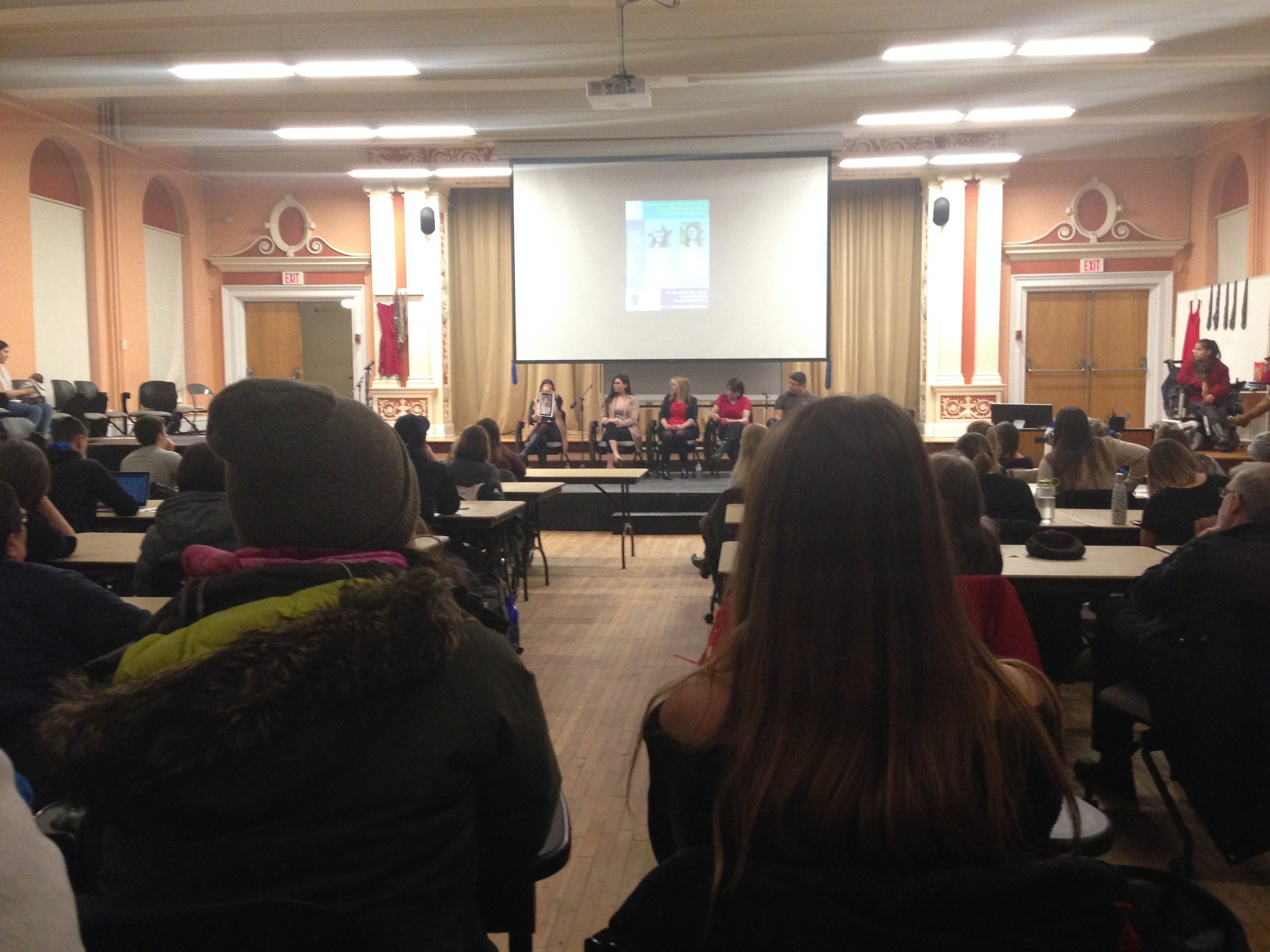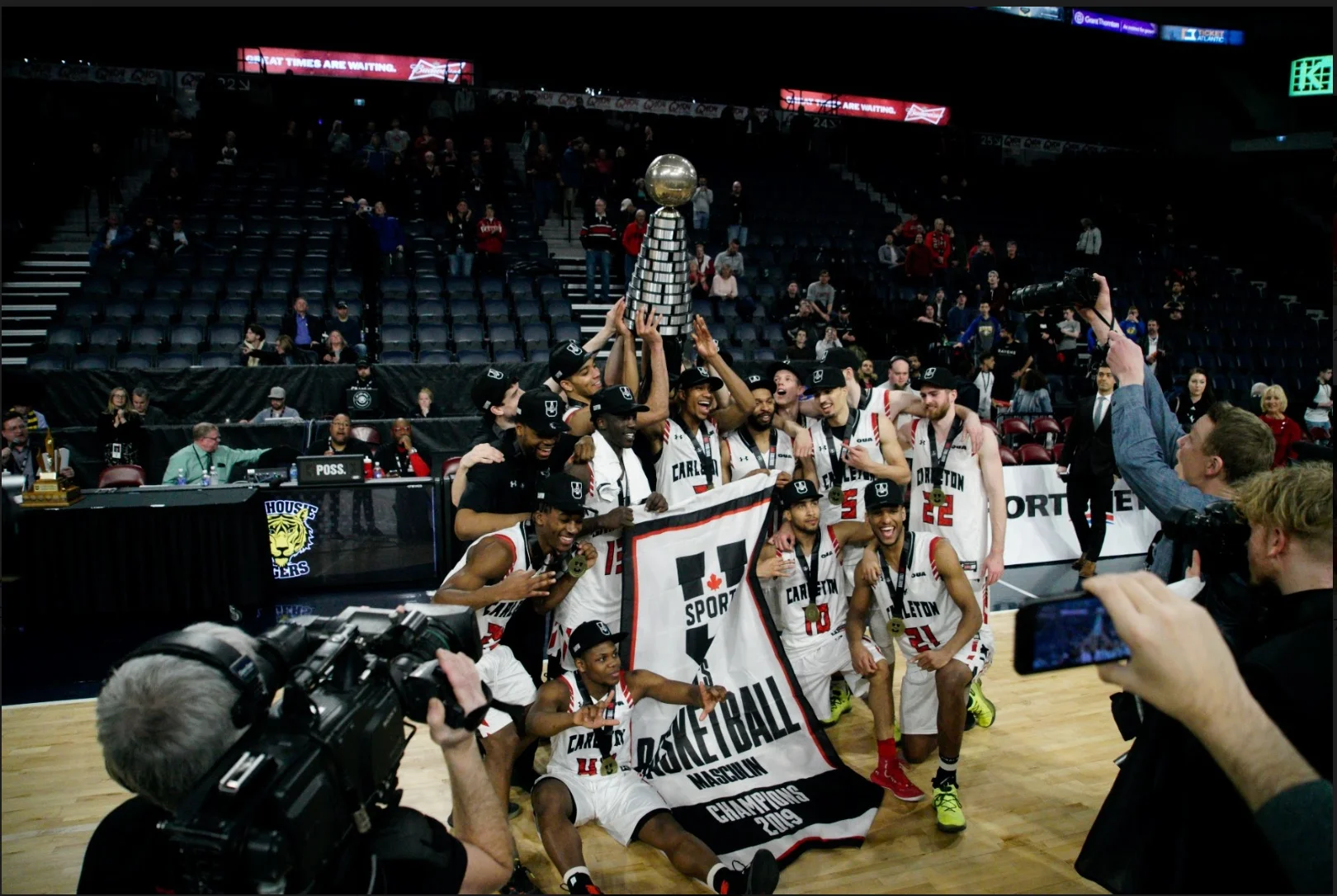Sloan Sports Analytics Conference
/Welcome to “Dorkapalooza!”
Over the first weekend of March, I had the amazing opportunity to attend the Sloan Sports Analytics Conference (SSAC) in Boston, Massachusetts. SSAC brings out all the best sport analytic companies, along with students and a plethora of esteemed individuals within the sports industry. A total of 3500 attended and it included 69 panels, six workshops and a live podcast studio.
The first day kicked off with a panel on soccer analytics. Specifically, the speakers touched on the drastic differences between the American and European models of soccer. FC Barcelona Football School Technical Director Isaac Gutierrez mentioned that currently “American soccer is developed like the other sports in the USA, like football and basketball. This is not the right way to develop players, as Europeans schools teach systems from a young age.”
My personal favorite panel followed the soccer one. This one was on unicorn hunting. No, not the mythical being, but a mythlike basketball player. The term was coined after 7’3 forward Kristaps Porzingis was drafted. He provides an intriguing blend of three-point shooting and shot blocking ability, something virtually impossible with his size in prior eras. The panelists included former Celtic Paul Pierce, ESPN writer Zach Lowe, assistant Celtics GM Mike Zarren and Golden State Warriors Bob Myers. Myers coined a unicorn as “the highest level of rarity for a basketball player. Someone who stretches the limit of reality.” Shaquille O’Neal was brought up, in the pondering of if he was in today’s era of basketball, would he be as successful? The overwhelming answer was yes. Myers told a funny story about one day taking a client out for dinner the night of a game in which that player would be guarding Shaq. The player ordered an alcoholic drink, much to the surprise of Myers. “Haven’t you got a game tonight?” He asked. The player responded “I am up against Shaq man” as he shook his head. His utter brutality was another kind of unicorn, as most agreed that they would never see another player like him again.
Photo: Instagram @rachel_nichols
Meek Mill along with 76ers Co-Owner and founder of Fanatics Michael Rubin sat down with ESPN host Rachel Nichols for a passionate conversation about prison reform. Mill spoke about his time within the criminal justice system and the need for its reformation. Rubin struck up an unlikely friendship with the rapper and was completely baffled by the treatment of individuals like Mill within the criminal system. They co-founded the REFORM Alliance, aimed at changing laws and policies. Rubin spoke candidly about his privilege, and utter disbelief on the criminal justice system now. Mill has been in the system for approximately half of his life, and he still has five more years to go for probation. The main way for this reform to take place was probation and simplifying the rules for it across all states. Right now, states like Pennsylvania have no limit to the amount of probation years that can be given. This can be crippling to people, especially those with limited financial means.
Later on in the day, the technical director for FIFA provided a case study on the utilization of compact defending, and its success within the World Cup that occurred last year. It seemed to show a new trend in soccer, where every team bunched up their defense, leaving a large amount of open space wide, but greatly reducing the ability for offensive players to cut inside, where there would be a higher percentage of goals potentially scored. It was an intriguing study, and one that was made possible with the dearth of statistics available from FIFA.
I then attended a discussion on the new team LAFC, and how its unique brand identity enabled them to create a phenomenal product in only its first year in the MLS.
I also was fascinated by the plethora of research papers that were on hand, including one that created a mathematical equation to value NBA draft picks and the protections that they come with.
Photo: Bowen Assman
The most popular panel of the weekend was a one-on-one with Commissioner Adam Silver and The Ringer founder Bill Simmons. The main talking points that was taken from the chat was the realization from Silver about the age of anxiety that all players live in. Despite the million dollars and all that it comes with, lies a very real mental health problem, mainly entrenched by mobile phones and social media. It was important that Silver addressed this, and he too said he goes to sleep most nights anxious and fretting about microscopic decisions that had happened throughout his day.
Day two was just as jam packed (shout out to 5-hour energy and the free coffee for keeping me awake!).
Malcolm Gladwell (author of 10 000 hours) sat down for a chat with David Epstein to discuss Epstein’s new book, called Range. Range focuses on the overvaluation of specialization, and the need for more generalists within society, as they have a higher chance of becoming more successful. Specifically, they talked about the Tiger Woods/Roger Federer dichotomy. Both are arguably the greatest players in their sport, but they each were trained drastically different at a young age. Woods began swinging a club at one and was primed to become a golf player before he could even speak. Federer, on the other hand, played soccer, badminton, basketball. It was only when he was in his mid-teens when he began specializing. Federer cited the reason for his great hand-eye coordination had to do with the myriad sports he participated in growing up. After Gladwell posited the question of why Woods’ story is more enticing to people, Epstein believed that it was because of our obsession with precocity. For example, parents love to boast about their children’s early achievements. Having one read or be potty trained by a certain age brings about pride from the parents. However, these are closed skills, which would be attained regardless in your upbringing. Instead, Epstein believes in letting your child play as many sports as possible, so to have refined skills in various activities.
In the final panel of the weekend, author of Moneyball Michael Lewis spoke with Washington State head football coach Mike Leach. Leach has been called the most interesting man in football. It was a hilarious hour listening to Leach riff on his obsession with pirates, to literally bringing on a student from the stands to kick field goals for his team.
Photo: Bowen Assman
Many of the panels are available to be watched on the YouTube channel 42 Analytics.
Personally, Lowe gave some advice on distinguishing between podcasting and writing. “Writing is better, just because podcasting takes more infrastructure,” Lowe said. He also mentioned the importance to have an established presence before podcasting, “so people can trust you and know your voice.”
A main theme surrounding all panels had to do with the utilization of data. Since we are in a golden technology age, information is at our fingertips 24/7. As a result, we need to get the ‘why’ from the data and understand its importance. If one can do that, then as panelist and former MLB player Chris Capuano said, “with analytics, an average player can become so much better.”
I would recommend anyone who is interested in sports, analytics, numbers, or even just panels, to sign up for next years event. You get a large discount if you are a student, and it comes with perks, such as a integrated job board that provides employers with information on all delegates who attend. It is my hope that I will return soon to SSAC—not as a student, but as a professional!














